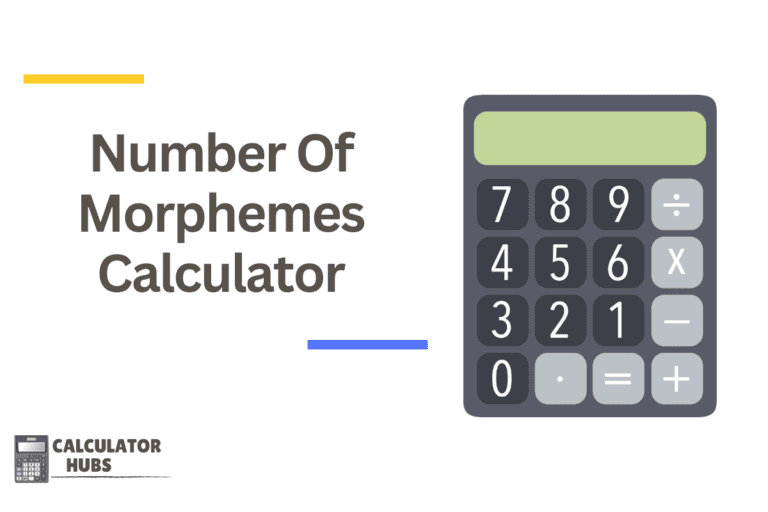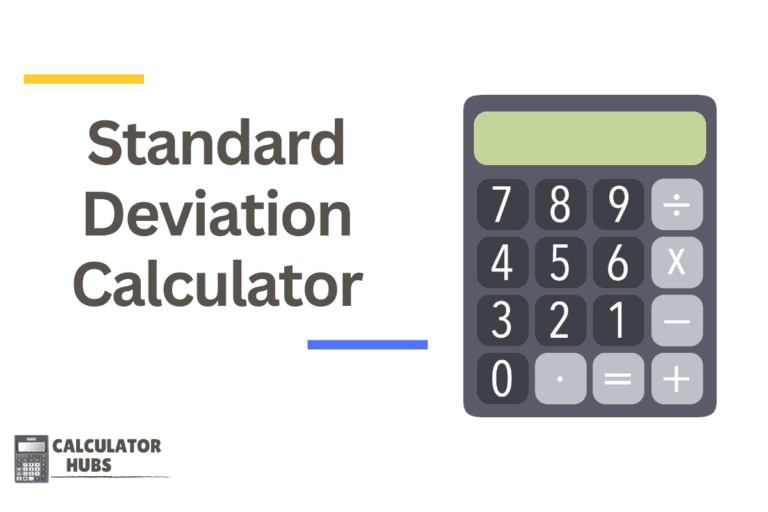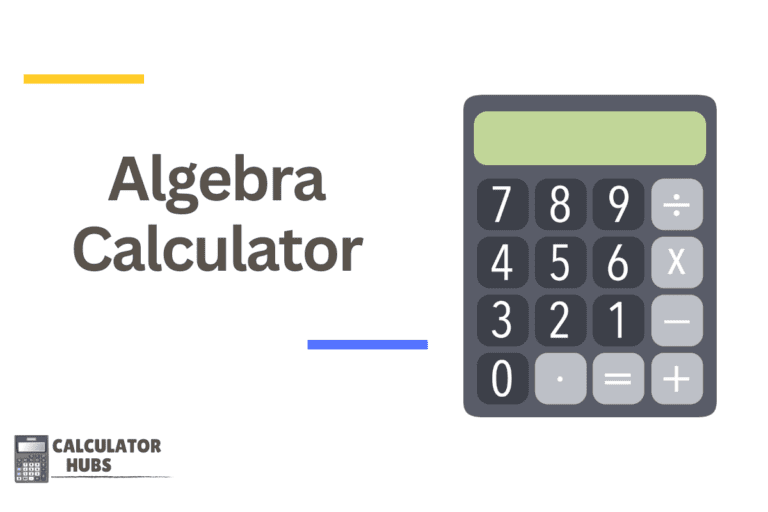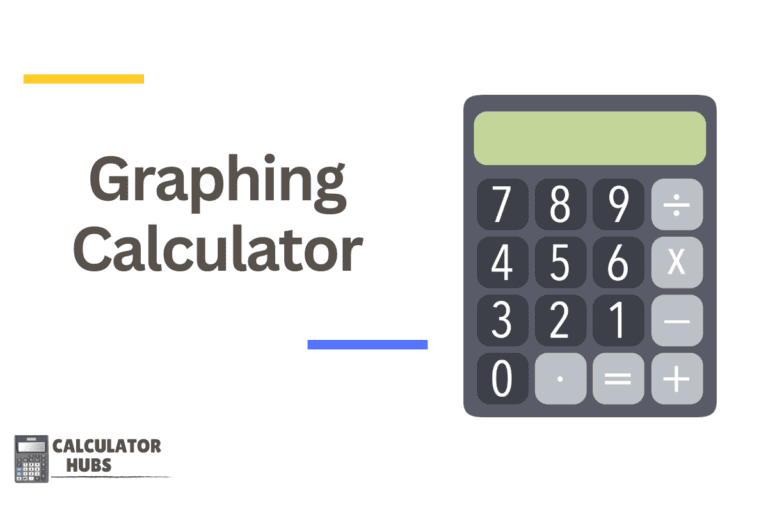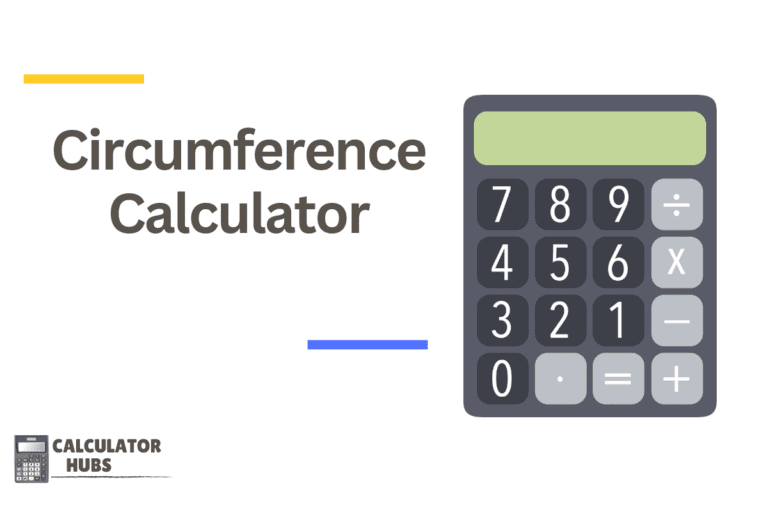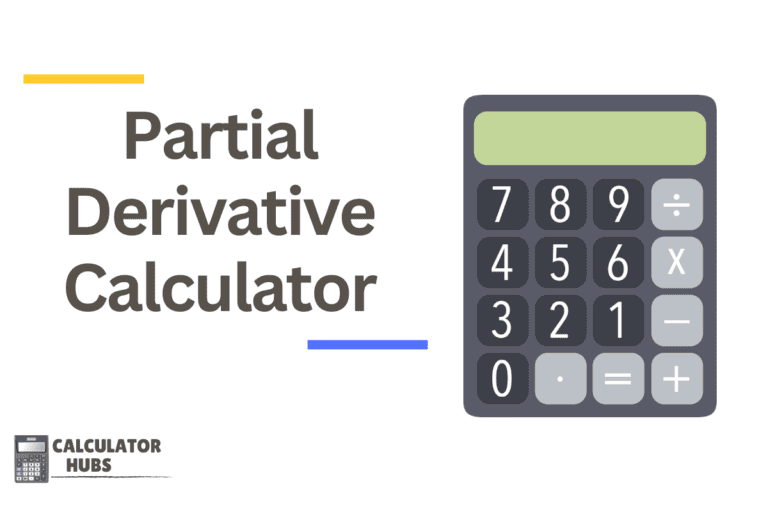T-Test Calculator
T-Test Value: 0.00
A T-Test Calculator is a powerful statistical tool used to determine if there is a significant difference between the means of two groups, which may be related in certain features. It’s widely used in research for hypothesis testing to infer whether the differences in means are statistically significant based on the data samples collected.
How the T-Test Calculator Works
The T-Test Calculator simplifies the process of performing a t-test by requiring users to input two sets of data, one for each group being compared. It can perform both independent (two-sample) and paired t-tests depending on the relationship and data collection method of the two samples.
Inputs and Operations:
- Group 1 Data Set: Data values for sample one.
- Group 2 Data Set: Data values for sample two (only for independent t-test).
- Paired Data: Indicates whether the data sets are paired or independent.
Formula Used:
For an independent t-test, the formula to calculate the t-statistic is:
t = (x̄1 - x̄2) / sqrt[ (s1^2/n1) + (s2^2/n2) ]Where:
- ( x̄1, x̄2 ) are the means of the two samples.
- ( s1, s2 ) are the standard deviations of the two samples.
- ( n1, n2 ) are the sample sizes.
- ( sqrt[] ) denotes square root.
For a paired t-test, the formula is:
t = (d̄ - μd) / (sd / sqrt[n])Where:
- ( d̄ ) is the mean difference of the paired data.
- ( μd ) is the hypothesized mean difference, usually 0.
- ( sd ) is the standard deviation of the differences.
- ( n ) is the number of pairs.
General Terms and Definitions Table
| Term | Definition |
|---|---|
| t-Statistic | The calculated value used to determine the p-value in a t-test. |
| P-value | The probability of observing a test statistic as extreme as, or more extreme than, the observed value under the null hypothesis. |
| Independent t-test | A test used when comparing two unrelated groups of samples. |
| Paired t-test | A test used when comparing two related groups of samples, such as measurements before and after a treatment on the same subjects. |
Example of Calculator Use
Scenario:
- Group 1 Data Set: 45, 55, 65, 40, 60
- Group 2 Data Set: 35, 55, 75, 50, 50
- Type of Test: Independent
Calculation:
- Compute means, standard deviations, and sample sizes for both groups.
- Apply the independent t-test formula to calculate the t-statistic.
- Determine the significance of the result based on the p-value, comparing it to a chosen significance level (e.g., α = 0.05).
Most Common FAQs
1. What does it mean if the p-value is less than 0.05?
A p-value less than 0.05 typically means there is statistically significant evidence to reject the null hypothesis, suggesting a significant difference between the groups.
2. Can the T-Test Calculator handle unequal sample sizes?
Yes, the t-test can be performed on samples of unequal size but should be done with consideration of its impact on the validity of the test results.
3. How do I know whether to use a paired or independent t-test?
Use a paired t-test when the samples are dependent (paired), such as before-and-after observations on the same subjects. Use an independent t-test for comparisons between two different groups or conditions.
4. Are there assumptions I should verify before using a t-test?
Yes, assumptions include normality of the data distributions and homogeneity of variance. The robustness of the t-test against these assumptions should be considered.
The T-Test Calculator is an essential tool for researchers and statisticians, providing a quick and reliable method to test hypotheses about population means based on sample data. It is invaluable for making informed decisions in academic research, business, and other fields where statistical testing is necessary.

